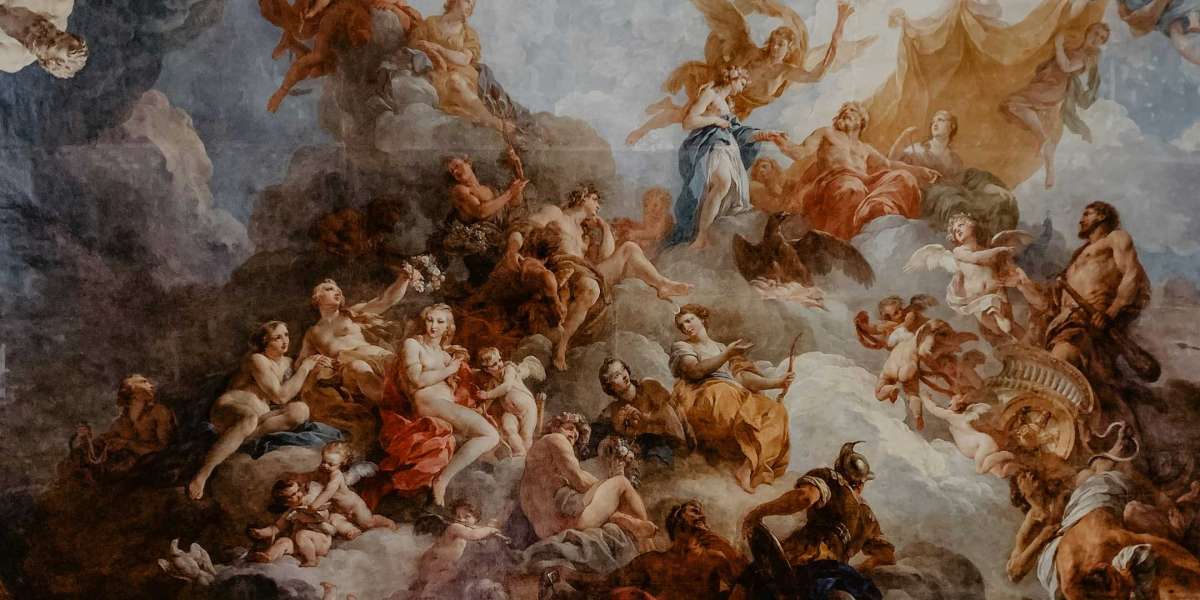The Role of Art in Society
Art has been an integral part of human civilization for centuries. From ancient cave paintings to modern digital art, creative expression has served as a means of communication, cultural preservation, and emotional release. Art captures the spirit of an era, reflecting societal values, struggles, and aspirations. Whether through paintings, music, literature, or performance, artistic endeavors offer profound insight into the human experience.
Art also fosters community and identity. It serves as a medium through which cultures share their unique perspectives and traditions. In museums and galleries, people from all walks of life come together to appreciate artistic masterpieces, forging a collective appreciation for beauty and meaning.
The Psychological and Emotional Impact of Art
Art is more than just an aesthetic pursuit; it has the power to heal and inspire. Engaging in artistic activities, such as painting or playing a musical instrument, has been shown to reduce stress and enhance cognitive function. Creating or appreciating art stimulates the brain, encouraging emotional introspection and self-discovery.
In therapeutic settings, art is used as a tool for expression, helping individuals process trauma, anxiety, and depression. The ability to externalize emotions through creative expression provides a sense of relief and understanding. Art therapy has proven effective for people of all ages, promoting mental well-being and resilience.
The Evolution of Art Through Time
Art has continuously evolved, adapting to new materials, technologies, and cultural influences. Classical art movements such as the Renaissance brought forth masterpieces by Leonardo da Vinci and Michelangelo, emphasizing realism and perspective. The Impressionist movement, led by Monet and Renoir, introduced a new way of capturing light and color. Modern and contemporary art movements continue to push boundaries, challenging perceptions and expanding creative possibilities.
The digital age has transformed the artistic landscape. With tools like graphic design software and virtual reality, artists can create immersive experiences that blend technology with traditional craftsmanship.The accessibility of digital platforms allows for global collaboration and innovation, ensuring that art remains dynamic and ever-evolving.
Art is a timeless expression of human creativity, reflecting the past, present, and future.
It shapes our cultural identity, enhances emotional well-being, and continues to evolve alongside society. As new artistic frontiers emerge, art remains an essential force that enriches lives and connects people worldwide.




